Understanding the 10 Ohm Potentiometer
A 10 ohm potentiometer is a variable resistor with a range of 10 ohms, widely utilized in electronic circuits to modulate and control electrical signals. This component is essential for applications requiring precise adjustments to voltage and current. The versatility of a 10 ohm pot allows it to be integrated into various devices, serving as a fundamental element for tuning and calibration.
Types and Mechanisms
The 10 ohm potentiometer category encompasses a variety of types, each designed to fulfill specific roles within electronic systems. Users can select from single-turn pots for straightforward applications or opt for a 10k ohm 10 turn potentiometer for more refined adjustments. Dual-gang, motorized faders, and servo-pots are also available, catering to more complex circuit designs that require synchronized adjustments or automated control.
Construction and Materials
Durability is a key aspect of potentiometers, and the 10 ohm pot is no exception. Constructed to withstand high temperatures and resist harsh chemicals, these components are made from robust materials ensuring longevity and consistent performance. The material choice, such as conductive plastics or metals, directly impacts the potentiometer's response and reliability.
Applications and Advantages
The application of a 10 ohm potentiometer is vast, ranging from simple volume control in audio devices to intricate tuning in communication equipment. The advantage of using a 10 k potentiometer lies in its ability to provide fine adjustments, essential for precision tasks. Additionally, the trimmer 10 k variant is commonly used for device calibration during manufacturing or in-field adjustments.
Choosing the Right Potentiometer
Selecting the correct 10 ohm potentiometer involves considering the device's requirements, such as the desired level of resistance control, physical size, and terminal type. For instance, a bourns potentiometer 10k ohm might be preferred for its compact design and reliability, while a 5k ohm 10 turn potentiometer could be selected for applications needing multiple rotations for precise resistance changes.
Integration and Customization
Integrating a 10 ohm potentiometer into an electronic circuit requires understanding its specifications and behavior. Customization options are available to match unique project requirements without sacrificing accuracy. Whether it's a potentiometer 10 k for general use or a specialized 10m ohm potentiometer for high-resistance applications, the adaptability of these components is a key factor in their widespread use.

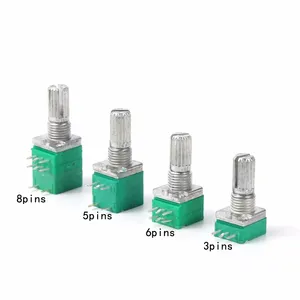

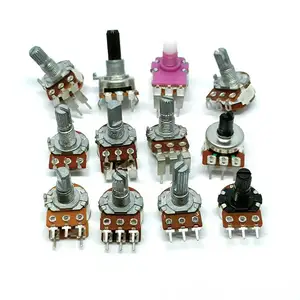




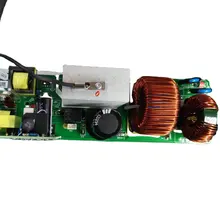






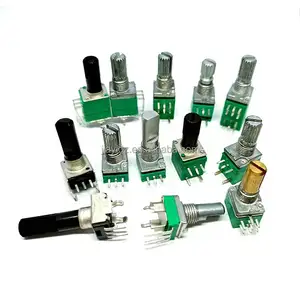
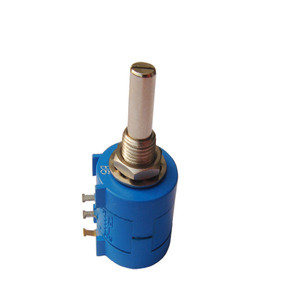
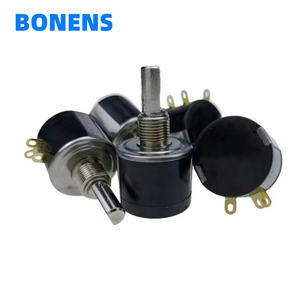
























 浙公网安备 33010002000092号
浙公网安备 33010002000092号 浙B2-20120091-4
浙B2-20120091-4